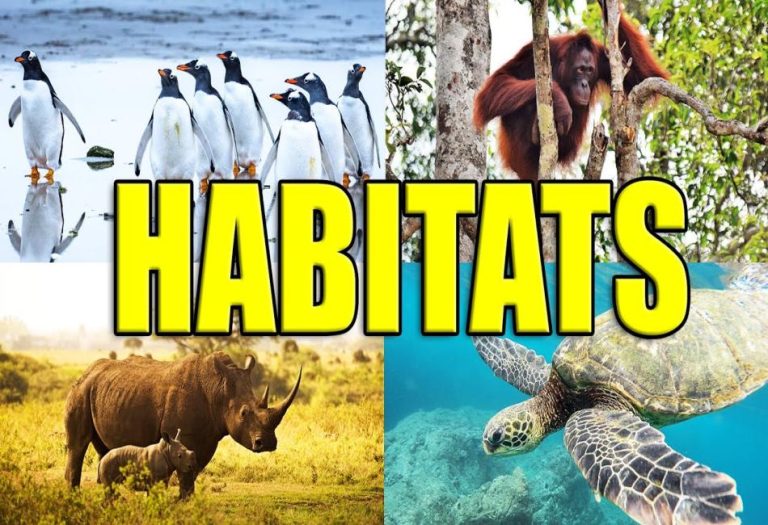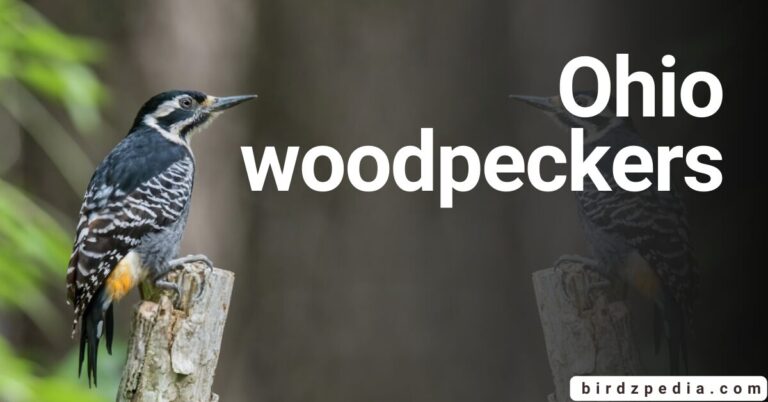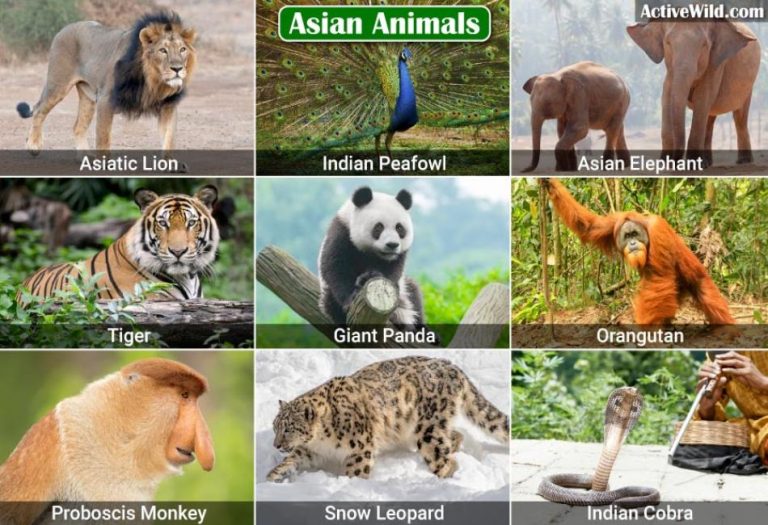Rainforest Animals: A Diverse and Fascinating World of Wildlife
Introduction
Rainforests are among the most biodiverse ecosystems on Earth, home to millions of species of animals, plants, and microorganisms. Covering only about 6% of the Earth’s surface, rainforests support more than 50% of all known species. These lush, dense forests provide food, shelter, and ideal conditions for a wide range of wildlife, from towering trees to small insects.
Rainforest animals have adapted to their environment in unique ways, developing camouflage, bright warning colors, and specialized hunting techniques. In this article, we explore the most iconic rainforest animals, their habitats, behaviors, and the challenges they face due to deforestation and climate change.

Mammals of the Rainforest
1. Jaguars (Panthera onca)
Location: Amazon Rainforest, Central and South America
The jaguar is the largest big cat in the Americas and a powerful predator. With its spotted coat providing excellent camouflage, it silently stalks its prey, which includes capybaras, deer, and even caimans. Unlike most big cats, jaguars are excellent swimmers and often hunt near water.
Conservation Status: Near Threatened – Due to habitat destruction and illegal hunting, jaguar populations are declining.
2. Sloths (Folivora)
Location: South American and Central American Rainforests
Sloths are famous for their slow movement and spending almost their entire lives hanging from trees. They have a low metabolism, feeding primarily on leaves. Sloths rely on their long claws to grip branches and are covered in fur that harbors algae, providing natural camouflage.
Conservation Status: Some species, like the Pygmy Three-Toed Sloth, are critically endangered due to habitat loss.
3. Orangutans (Pongo spp.)
Location: Borneo and Sumatra Rainforests
Orangutans are highly intelligent great apes, known for their long arms and reddish fur. They spend most of their time in trees, using their strong limbs to swing from branch to branch. Orangutans have remarkable problem-solving skills and even use tools to gather food.
Conservation Status: Critically Endangered – Palm oil plantations and deforestation have drastically reduced their populations.
Reptiles and Amphibians of the Rainforest
4. Green Anaconda (Eunectes murinus)
Location: Amazon Rainforest
The green anaconda is the largest and heaviest snake in the world, growing up to 30 feet long and weighing over 550 pounds. It is a non-venomous constrictor, meaning it kills prey by wrapping around them and suffocating them. Anacondas spend most of their time in swamps and slow-moving rivers, ambushing capybaras, fish, and even jaguars.
Conservation Status: Not currently endangered, but habitat loss affects their population.
5. Poison Dart Frogs (Dendrobatidae family)
Location: Central and South American Rainforests
These small but deadly frogs have bright, colorful skin that warns predators of their extreme toxicity. Some species, like the Golden Poison Dart Frog, produce enough venom to kill 10 adult humans. Indigenous tribes have used their toxins for hunting by applying them to blowgun darts.
Conservation Status: Varies – Some species are stable, while others are critically endangered due to habitat destruction.
6. Basilisk Lizard (Basiliscus spp.)
Location: Central and South American Rainforests
Also known as the “Jesus Christ Lizard”, the basilisk lizard can run on water for short distances to escape predators. This remarkable ability is due to fringe-like scales on its toes, allowing it to move quickly across the surface.
Conservation Status: Least Concern – Their populations remain stable.
Birds of the Rainforest
7. Harpy Eagle (Harpia harpyja)
Location: Amazon Rainforest and Central America
The Harpy Eagle is one of the largest and most powerful eagles in the world, with a wingspan of up to 7 feet. It preys on monkeys, sloths, and large birds, using its sharp talons to snatch animals from tree branches.
Conservation Status: Near Threatened – Habitat destruction poses a significant risk.
8. Toucan (Ramphastidae family)
Location: South American and Central American Rainforests
Toucans are famous for their large, colorful beaks, which help them reach fruit and insects in high tree branches. Their beaks also play a role in thermoregulation, helping to keep them cool in the hot, humid rainforest.
Conservation Status: Least Concern – Some species are at risk due to deforestation.

Insects and Other Invertebrates
9. Goliath Birdeater Spider (Theraphosa blondi)
Location: Amazon Rainforest
The Goliath Birdeater is the largest spider in the world, with a leg span of up to 12 inches. Despite its name, it rarely eats birds, instead preying on insects, frogs, and small rodents. It is non-venomous to humans but can release irritating hairs as a defense mechanism.
Conservation Status: Not endangered.
10. Leafcutter Ants (Atta spp.)
Location: Central and South American Rainforests
Leafcutter ants are one of the strongest creatures on Earth, capable of carrying 50 times their body weight. They harvest leaves to grow fungal gardens, which serve as their primary food source. These ants play a crucial role in the rainforest ecosystem by recycling plant material.
Conservation Status: Not endangered.
Threats to Rainforest Animals
Despite their diversity, rainforest animals face severe threats due to deforestation, illegal wildlife trade, climate change, and habitat destruction. Some of the biggest dangers include:
- Deforestation – Logging and agriculture (especially palm oil and cattle ranching) lead to habitat loss.
- Hunting and Poaching – Many animals, like jaguars and orangutans, are hunted for their fur, body parts, or as pets.
- Climate Change – Rising temperatures and changes in rainfall patterns affect the delicate balance of the rainforest ecosystem.
How to Protect Rainforest Animals
There are several ways individuals and organizations can help preserve rainforest wildlife:
✅ Support Conservation Efforts – Donate to organizations like WWF and the Rainforest Alliance.
✅ Reduce Palm Oil Consumption – Check labels for sustainable palm oil certification.
✅ Choose Sustainable Products – Avoid products linked to deforestation, such as non-sustainable wood and beef.
✅ Educate and Raise Awareness – Sharing information about rainforest conservation helps protect these vital ecosystems.
Conclusion
Rainforests are home to some of the most incredible animals on Earth, each playing a vital role in the ecosystem. From majestic jaguars and colorful toucans to mysterious anacondas and poison dart frogs, these creatures showcase the rainforest’s diversity and wonder.
However, human activities threaten these species, making conservation efforts more important than ever. By supporting sustainable practices and conservation programs, we can help ensure that these amazing animals continue to thrive for generations to come.

FAQ on Rainforest Animals: A Diverse and Fascinating World of Wildlife
1. What makes rainforest animals unique?
Rainforest animals have adapted to dense vegetation, high humidity, and diverse food sources. Many have camouflage, bright warning colors, or specialized hunting techniques to survive.
2. What are some famous mammals found in rainforests?
Notable mammals include jaguars, sloths, orangutans, tapirs, and howler monkeys. These animals thrive in the dense, humid rainforest environment.
3. What are the top predators in the rainforest?
Predators include jaguars, harpy eagles, anacondas, and caimans, which hunt various prey like monkeys, rodents, and fish.
4. Are there venomous animals in the rainforest?
Yes, some of the most venomous rainforest animals include poison dart frogs, Brazilian wandering spiders, and pit vipers.
5. What is the largest snake found in rainforests?
The green anaconda, found in the Amazon Rainforest, is the largest and heaviest snake in the world, growing up to 30 feet long.
6. What kind of birds live in rainforests?
Rainforests are home to toucans, macaws, harpy eagles, and hornbills, all known for their colorful feathers and unique calls.
7. Are there any insects that play an important role in the rainforest?
Yes, leafcutter ants, butterflies, beetles, and Goliath birdeater spiders play crucial roles in the rainforest’s ecosystem by pollinating plants and decomposing organic matter.
8. What is the most colorful rainforest animal?
Poison dart frogs and macaws are among the most colorful animals, using their bright colors as warnings to predators.
9. How do sloths survive in the rainforest?
Sloths move slowly to avoid predators, have algae growing on their fur for camouflage, and spend most of their lives in trees.
10. What are some endangered rainforest animals?
Endangered species include orangutans, jaguars, harpy eagles, and golden poison dart frogs, primarily due to deforestation and poaching.
11. How does deforestation affect rainforest animals?
Deforestation destroys their natural habitats, food sources, and breeding grounds, leading to population decline and extinction.
12. What can we do to protect rainforest animals?
Supporting conservation efforts, reducing palm oil consumption, avoiding illegal wildlife trade, and promoting sustainable products can help protect rainforest wildlife.
13. What is the most powerful bird in the rainforest?
The harpy eagle is one of the strongest birds of prey, capable of hunting monkeys and sloths with its massive talons.
14. Do rainforests have freshwater animals?
Yes, rivers in rainforests are home to piranhas, caimans, Amazon river dolphins, and electric eels.
15. Why are rainforests important for wildlife?
Rainforests provide food, shelter, and breeding grounds for more than 50% of all known species on Earth, making them one of the most biodiverse ecosystems in the world.







